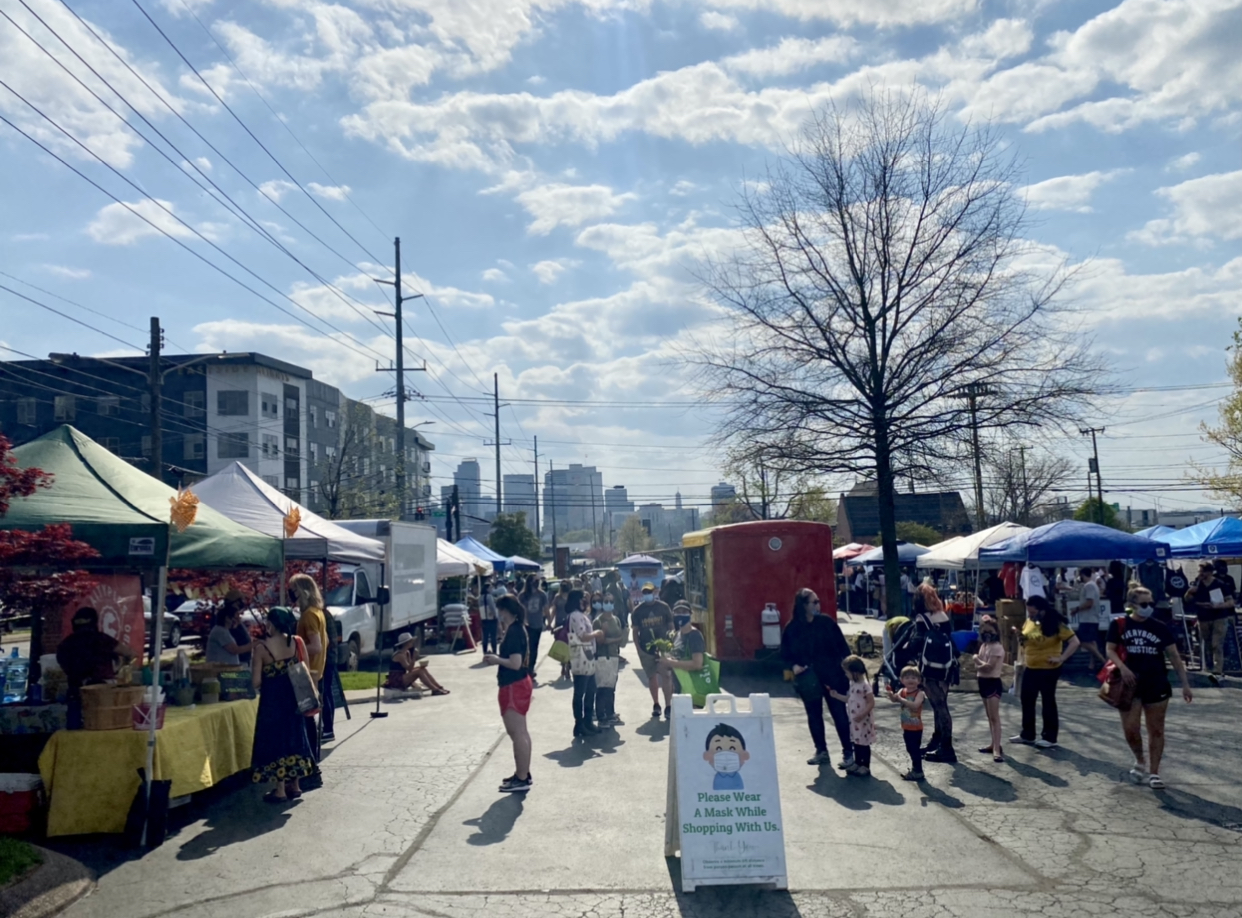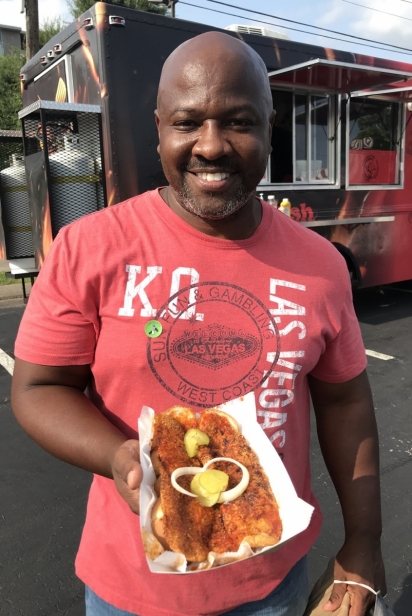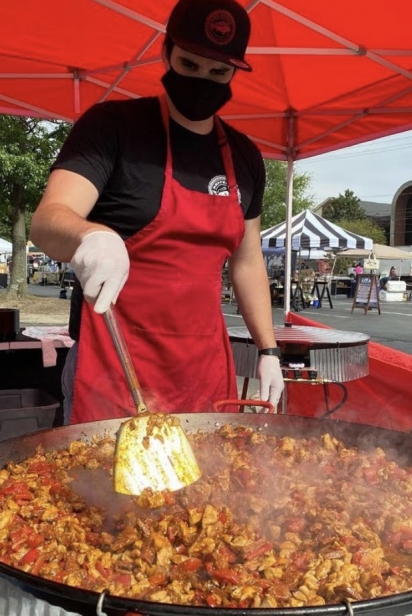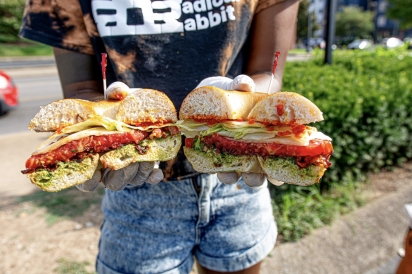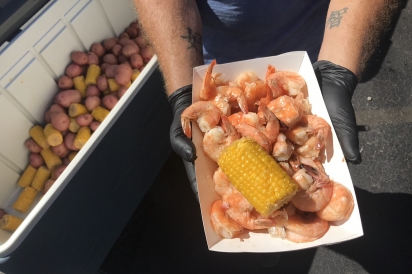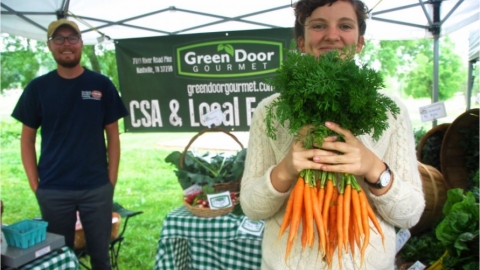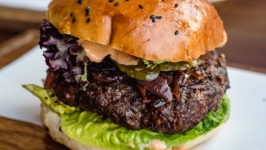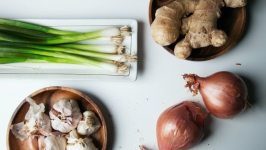East Nashville Farmers Market: A Market For The People
When you think of a farmers’ market, what do you see? A pastoral scene filled with farmers and pick-up trucks? A tractor engine spinning homemade ice cream and the old-timey sounds of a bluegrass band? If so, you’re not too far-off from what the East Nashville Farmers Market used to be back when we operated in our old home of Shelby Park. We loved -- we adored -- the beautiful setting at the park, but we were isolated and disconnected from our neighbors. We knew a bucolic rural market was never what we were meant to be, and that we were always meant to be a market for the people.
From our time in Shelby Park, we've grown up a lot, and learned how to better represent our entire community. We moved to a busy intersection surrounded by condominium communities and other urban dwellings, we became more connected to our neighborhood around us, and last year, we started turning up and turning out in every way we could -- visually, aurally, olfactorily, and gustatorily. We began to build a market -- a public space -- that placed our community at the center.
Our live bluegrass and hippy drum circles are now curated playlists of hip-hop, reggae, soul, and Latin jazz. We have more immigrant-owned, African American-owned, LGBTQIA-owned, and woman-owned businesses vending with us than ever before, and we offer a variety of food events centered around our community, like Gulf Shrimp Boils, Hot Fish Frys, as well as tomato-themed events that coincide with the East Nashville Tomato Art Fest. We don’t have the shade or the softness of the grass, but we have authentic birria tacos, red snapper straight from the gulf, vegan soul food, Creole classics, and sometimes the best Cajun crab boil you’ve ever had.
As a market manager, I’m aware of how afraid we can be of adding too many small businesses who aren’t farmers or agricultural producers to our vendor list. We fear it will somehow diminish our legitimacy as a “real farmers’ market.” I call rubbish completely and whole-heartedly to this. Diversifying the selection and the people at our market with a careful curatorial hand hasn’t caused our farmers to sacrifice success but has created more growth and opportunities for us all. It’s a win for everyone -- our communities included.
Farmers’ markets can and should be the most sensorial, social experiences we can have with each other -- places where food, culture, community, and local commerce collide. But when a market doesn’t accurately represent its community, it can fall victim to a single flavor profile, and nobody wants an unseasoned market.


